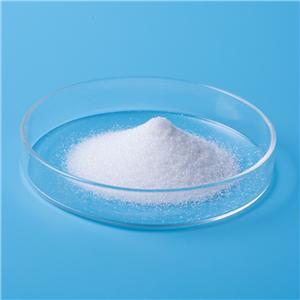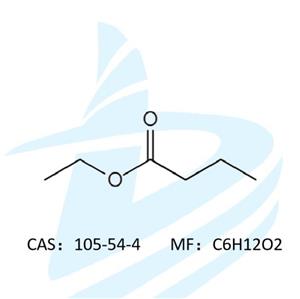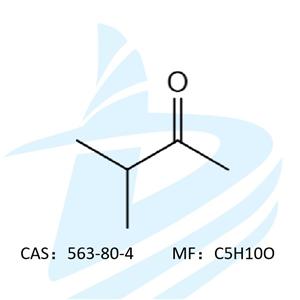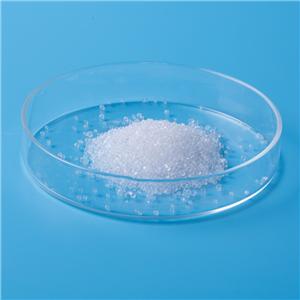Domestic and foreign production status and demand for L-menthol
Menthol has 8 isomers. Levomenthol (L-menthol) is used as a spice in the daily chemical field because of its mint aroma and cooling effect. L-menthol can be produced by natural extraction and chemical synthesis, of which natural extraction accounts for 70%. Natural menthol mainly comes from Brazil and India, but the production of natural menthol is unstable due to the season and planting area, and the output cannot meet industrial demand. Therefore, the stable output and low price of chemical synthesis are the key development direction in the future.

L-menthol is the world's largest fragrance product, and its current global consumption is about 40,000 metric tons, which is in short supply. There are currently no L-menthol production enterprises in China. All synthetic L-menthol is imported from abroad, and it needs to import more than 10,000 tons per year. The Compound Annual Growth Rate(CAGR) of menthol imports from 2010 to 2018 was 4%. Domestic natural extraction companies are small in scale and far from meeting demand.
Internationally, L-menthol companies mainly include German Symrise and Japanese Takasago. They use two different processes. Takasago uses myrcene as raw material to synthesize R-citronellal and then synthesize L-menthol, and Lanxess uses thymol as its raw material. And the mainstream route of thymol is to react m-cresol with isopropyl acetate. In addition, BASF uses citral as the raw material. Its joint venture plant in Malaysia has a capacity of approximately 10,000 tons, and its actual output is currently limited. The demand for daily chemicals and food in the downstream of L-menthol has grown steadily.
- Company News
- News&Events
- Knowledge




